We know you want to search for that one specific image - maybe it's the perfect meme, a familiar product, or a long-lost childhood photo. But did you know you can use Claila's AI Image Generator for free to create hyperrealistic images, enhance low-quality pictures, or even recreate an image using another as a reference?
What's better? It's all online. You don't need to install anything. Just sign up for free at and start creating or refining visuals with the powers of AI.
Now, whether you're trying to find the origin of a mysterious image, trace the original source of a photo someone shared, or even confirm the authenticity of visual content, image search techniques can help you get there fast and efficiently. Let's explore how reverse image search, Google Image Search, and smart strategies can up your image-finding game.
What Is Image Search and Why It Matters
Image search is exactly what it sounds like - searching the web using images instead of words. With the right techniques, you can:
- Identify objects, landmarks, products, or people in a photo.
- Find higher-resolution versions of an image.
- Track down the original source or creator of an image.
- Detect similar visuals or designs.
- Uncover fake or manipulated content.
- Discover where else an image is being used online.
In our visual-first digital world, these skills aren't just useful - they're essential. Whether you're a graphic designer, student, journalist, or just a curious mind, mastering reverse image search and other tools gives you a real edge.
What Is Reverse Image Search?
Reverse image search flips the search process. Instead of typing words into a search box, you upload a photo or paste an image URL, and the search engine scans the web for visually similar or identical images.
This is incredibly powerful when the only clue you have is the image itself. Let's say someone sends you a picture of a cool gadget, but you don't know what it's called. Upload that image into a reverse image search tool, and voilà - you've got product listings, reviews, and more.
Mastering Google Image Search Like a Pro
Google Image Search is one of the most well-known tools for this purpose. But most people don't use it to its full potential. Here's how to make it work harder for you.
Upload an Image or Paste a URL
Go to images.google.com. Click the camera icon in the search bar. You'll get two options:
- Paste image URL: If the image is already online.
- Upload an image: If the image is saved on your device.
Once submitted, Google works its magic and returns matching or similar images, along with websites where the photo appears.
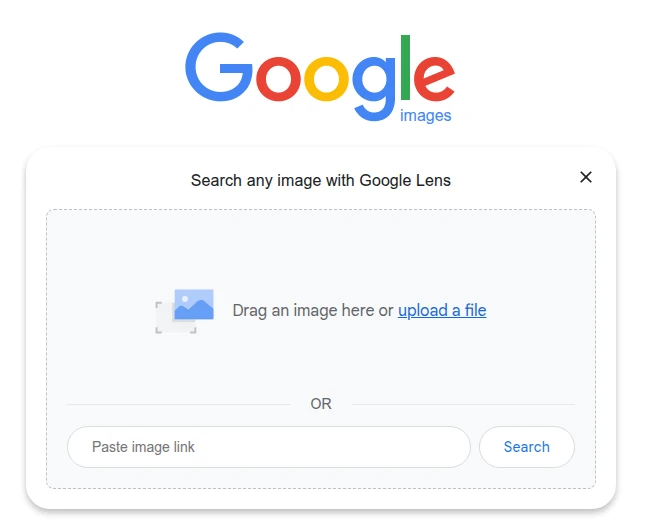
Use Google Lens for Contextual Search
Integrated into Google Images, Google Lens adds another layer of intelligence. Instead of just matching pixels, Lens tries to understand what's in the picture. Searching with Lens can help identify breeds of dogs, types of plants, book titles, or even celebrity faces.
For instance, if you snap a screenshot of a stylish lamp on Pinterest, Lens can find buying options, similar products, or even articles where it's mentioned.
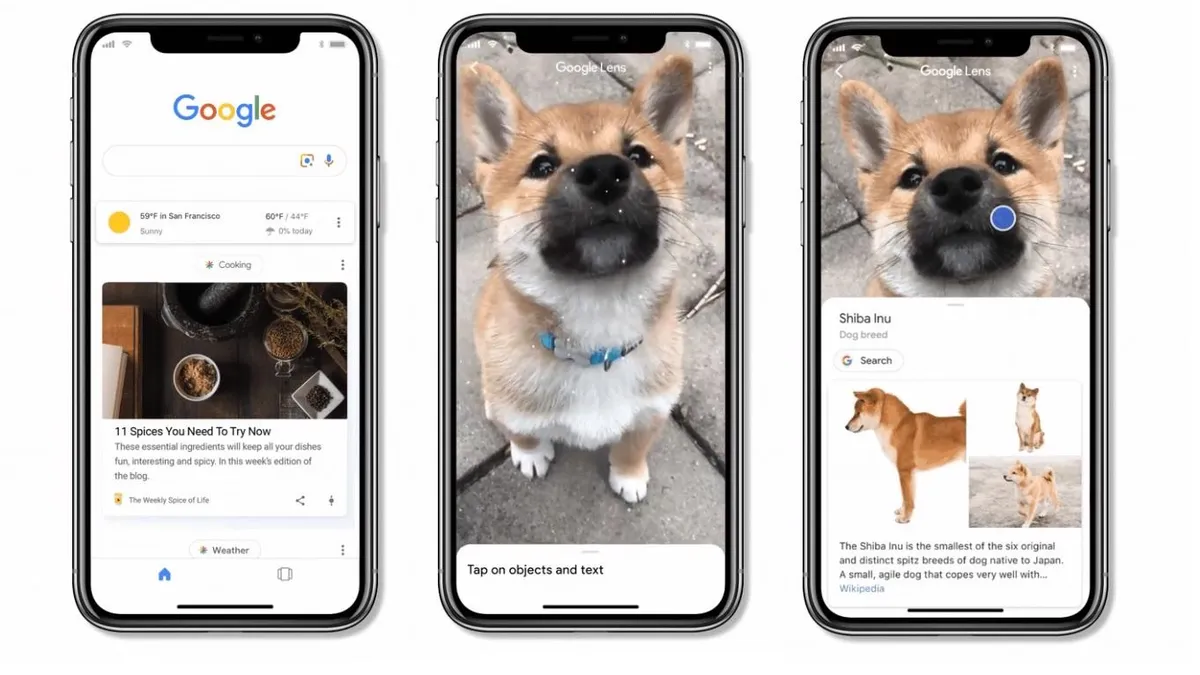 Source: Google
Source: Google
Advanced Filters You Should Be Using
Want royalty-free images? Or only high-res files? Google's search tools let you sort results by:
- Size (large, medium, icon)
- Color (full color, black and white, transparent)
- Type (face, photo, clip art, line drawing)
- Usage rights (labeled for reuse)
These filters are especially handy when you're sourcing images for blogs, presentations, or marketing materials.
Other Reverse Image Search Tools Worth Trying
Google isn't your only option when it comes to reverse image search. Depending on your use case, you might find better results elsewhere. Here are some great alternatives:
1. TinEye
TinEye is one of the earliest reverse image search engines. It specializes in image tracking and is especially good at:
- Finding the first appearance of an image online.
- Locating modified versions of a photo (cropped, edited, color-adjusted).
Use it at tineye.com.
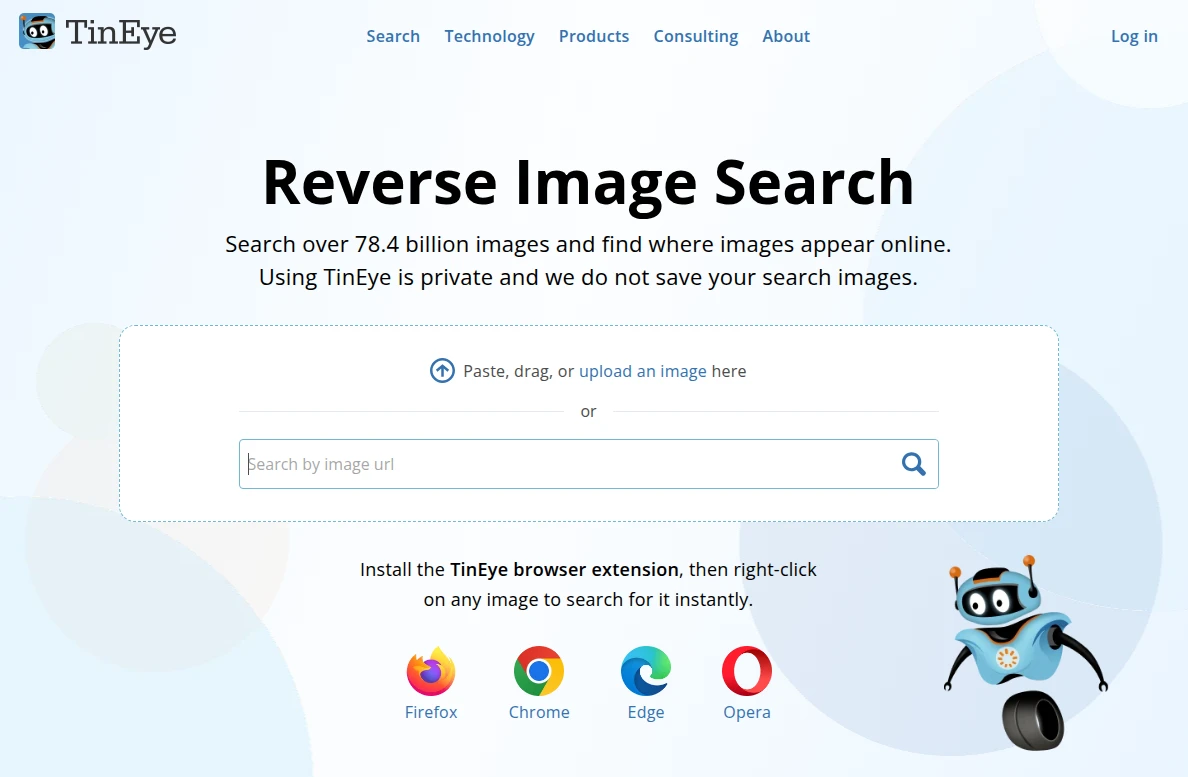
2. Bing Visual Search
Microsoft's Bing has stepped up its visual search game with their Visual Search. It's similar to Google Lens but often yields different results, especially for shopping or design.
Open Bing, click the camera icon in the search bar, and upload your image.
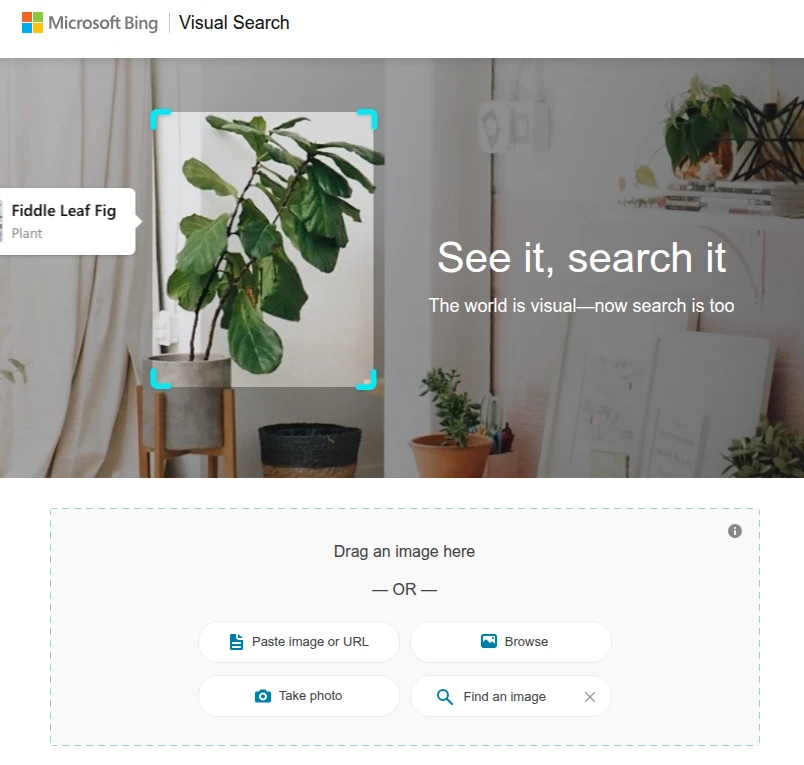
3. Yandex Image Search
Yandex, the Russian search engine, has surprisingly good visual search capabilities. It does especially well with faces and landscapes - often better than Google in those categories.
Try it on Yandex Images.
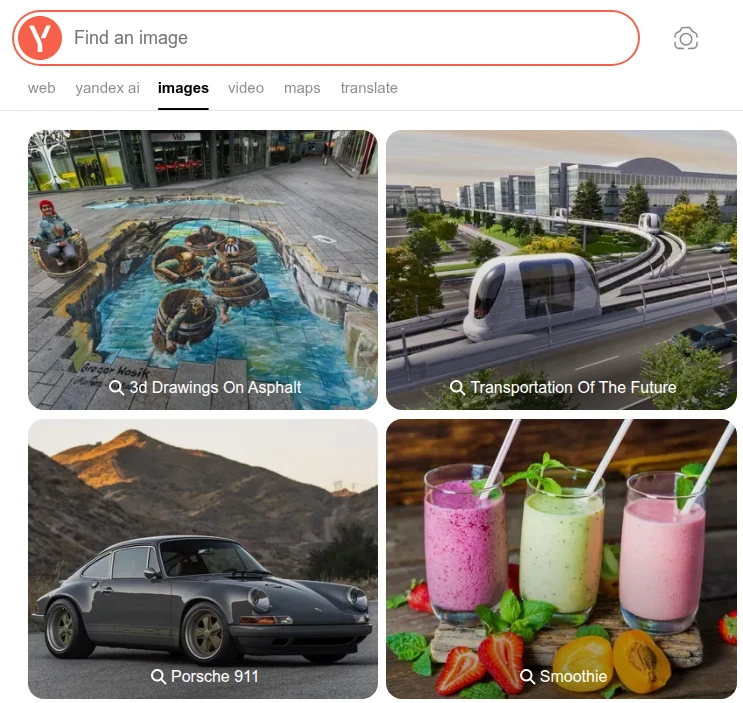
4. Pinterest Lens
If your image relates to fashion, decor, or design, Pinterest's image search is unbeatable. Click the magnifying glass on any Pin to find visually similar content across the platform.
It's a go-to resource for discovering creative ideas and finding unique product sources.
More info on Pinterest Lens
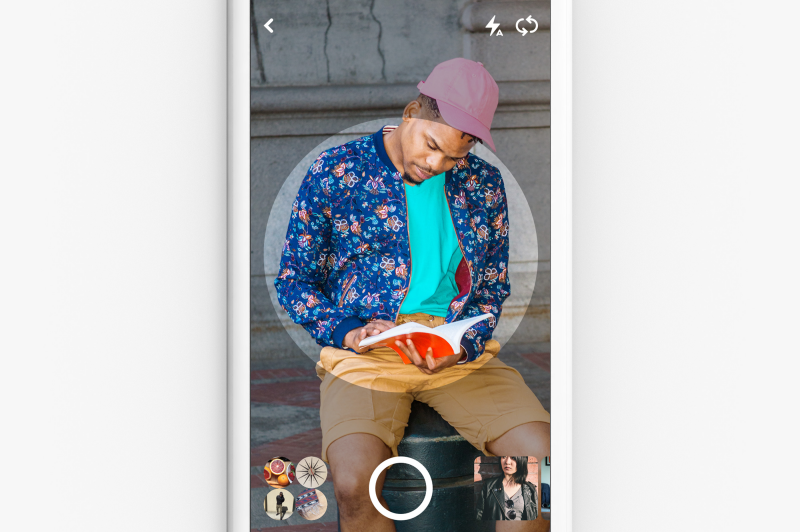
Tips and Tricks to Get Better Results
Sometimes, reverse image searches don't give you what you're looking for right away. Here's how to improve your chances:
Crop to Focus
When there's a lot happening in your photo, it helps to crop in and zero in on the main subject. Say you're trying to find details about a handbag in a busy street shot—just trim away the extra stuff and keep the focus on the bag. It makes the image way clearer and easier to work with.
Use Screenshots Strategically
If you can't download an image, no worries—just take a screenshot instead. Just be sure it's clear and sharp so everything shows up the way you want.
Combine Reverse Search with Keywords
Sometimes just uploading a photo won't cut it—try tossing in a few descriptive keywords like "modern sculpture” or "Nike running shoes” to help narrow things down and get better results.
Search in Different Engines
If Google isn't giving you what you need, don't worry—other search engines like TinEye or Yandex use different algorithms and might just do the trick. Sometimes it helps to cast a wider net to track down what you're looking for.
Track Image Reuse Over Time
Curious about where an image has popped up online or how it's changed over time? TinEye lets you follow its digital trail, showing you the date and domain for each result—that way, you can easily track its history and spot any reuse.
Real-Life Examples of How Image Search Helps
Let's bring this all down to earth. Here are a few real situations where these techniques can be a lifesaver:
Stumbled across a stunning painting on Instagram but can't find who created it? Try using a reverse image search—it's a quick way to track down the original post or discover the artist behind the work.
Hunting for a discontinued piece of furniture you saw online? Just take a screenshot and drop it into a reverse image search tool—you might stumble across secondhand options or lookalikes that still capture the same vibe.
Wondering if that viral photo is fake or AI-generated? Try doing a quick reverse image search to see where else it's shown up and when it first appeared. It's a simple trick that can help you catch misinformation before it spreads.
Got a blurry image you need to clean up for a presentation? Just use Claila's AI Image Upscaler—with one simple click, it sharpens things right up and makes your visuals look way more professional.
Combine Creation with Search Using AI Tools
Reverse image search is excellent for finding what's already out there. But what if you want something that doesn't exist - yet?
That's where Claila's AI tools come in. Imagine uploading a product photo and using it to generate a new color variant or background. Or turning an old black-and-white photo into a vivid, full-color image.
Here's what you can do on Claila:
- Generate new images from scratch using text prompts.
- Recreate a new version of an image using another as a base.
- Upscale low-res images without losing quality.
- Use AI to remix existing images for social media content, ads, or presentations.
And yes - it's all free to try. Just sign up here.
Common Mistakes to Avoid
Sometimes it's what you don't do that makes all the difference. Watch out for these common image search mistakes:
Using blurry or low-quality images can really hurt your match accuracy—if your photo's pixelated or out of focus, it's a lot harder for the system (or other people) to see you clearly, which means fewer accurate matches.
Sometimes the exact match won't pop up, but don't overlook similar results—they can actually point you toward even better clues than what you were originally searching for.
Just because you stumbled across an image online doesn't mean you're all clear to use it. It's super important to check the usage rights—some images require permission or proper credit. Better safe than sorry!
Don't put all your eggs in one basket—relying on one tool can really hold you back. Trying out different engines gives you more options and boosts your chances of getting the results you're after.
The Future of Image Search: AI Makes It Smarter
Image search is no longer just about matching colors and shapes. AI is changing the game by interpreting context, recognizing emotions in photos, and even predicting what you're looking for next. Tools like Google Lens and Claila's AI image features are pushing boundaries every day.
In fact, according to a recent report from SEMrush, visual content is 40 times more likely to be shared on social media than other types, making it more important than ever to optimize and understand the images you use source.
So whether you're diving into a reverse image search to learn more about an image or creating new visuals with AI, you're tapping into one of the most powerful tools on the web today.
Try it now - explore, create, and discover. And if you haven't already, give Claila's AI Image Generator a spin. You might be surprised at just how easy it is to turn your ideas into reality.



